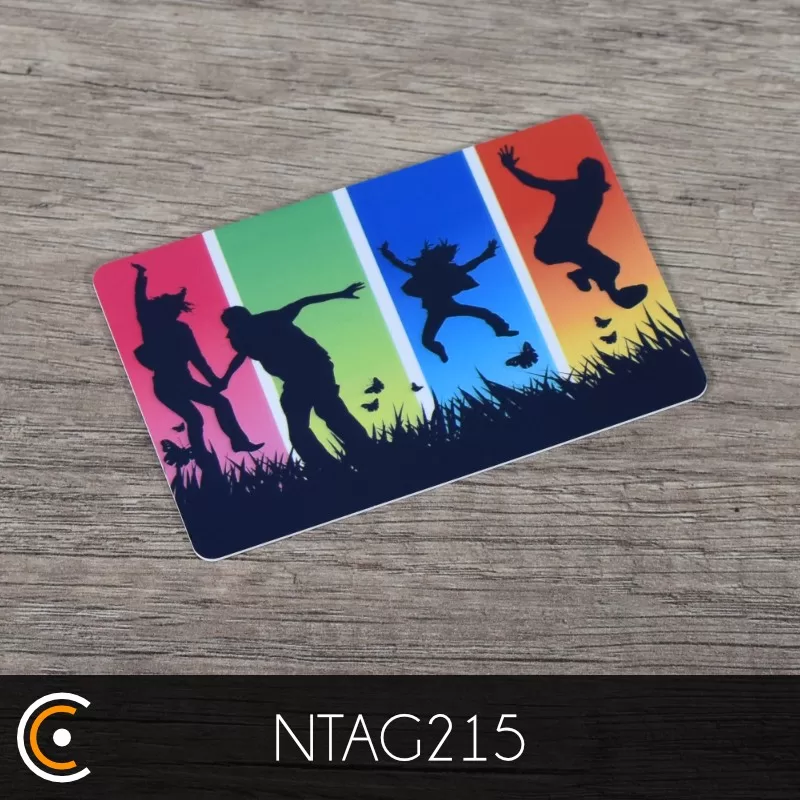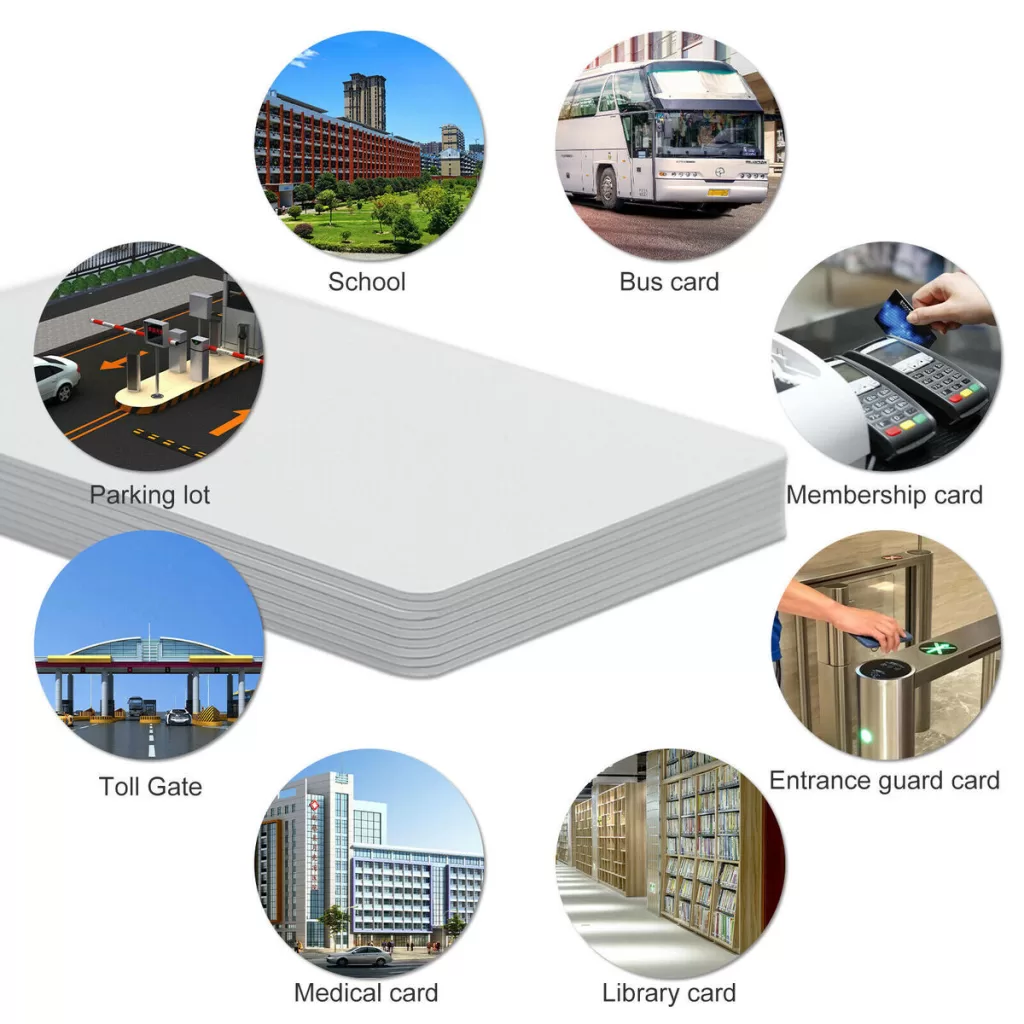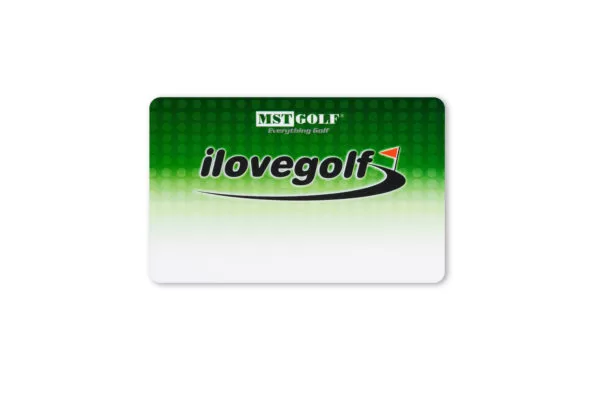
How do NTAG215 cards compare to NTAG213 cards?
As NFC technology evolves, consumers and businesses face various NFC tags, each with unique features and capabilities. Two of the most popular choices are the NTAG213 and NTAG215 cards. These cards are widely used in various applications, from access control to product authentication, but differ in several ways. This blog post will explore the differences between the NTAG213 and NTAG215 cards.
NTAG215 Cards Memory and Features
One of the main differences between the NTAG215 and NTAG213 cards is their memory capacity. The NTAG215 card offers 504 bytes of user memory, much more than the 144 bytes provided by the NTAG213 card. This additional memory makes the NTAG215 card ideal for applications that require more data storage, such as complex business cards, product information, or multi-purpose tags. Due to the larger memory capacity, the NTAG215 card can store various data types, including URLs, text, and vCard information, making it more suitable for different use cases.
Regarding functionality, NTAG215 cards are compatible with various NFC devices, including smartphones and tablets. They support all standard NFC data exchange formats, making them suitable for multiple applications. Whether you need to store a simple URL or a more complex data structure, NTAG215 cards offer the flexibility to meet these requirements.

Memory and Data Capacity Comparison
While NTAG215 and NTAG213 cards belong to the same NFC tag family, their memory capacity sets them apart. As mentioned earlier, NTAG215 cards offer 504 bytes of user memory, while NTAG213 cards offer 144. The difference in memory size is critical for applications where data capacity is a determining factor.
On the other hand, NTAG213 cards have a smaller memory, making them more suitable for simple applications, such as encoding a single URL or a small amount of text. Their limited memory is usually sufficient for basic tasks but may not be sufficient for more complex uses. Therefore, it is critical to understand your application’s memory requirements when choosing between NTAG215 and NTAG213 cards.
NTAG215 Cards Performance and Read Range
Performance is another key factor when comparing NTAG215 and NTAG213 cards. Both types of cards offer solid performance, but subtle differences may influence your choice depending on the application. NTAG215 cards have a similar read range to NTAG213 cards, typically around 1-2 inches, depending on the reader and environment. This range suits most NFC applications, including contactless payments, product authentication, and access control.
However, NTAG215 cards tend to perform better in environments with interference, such as near metal surfaces or electronic devices. Their enhanced design allows for more consistent performance in these challenging conditions, reducing the likelihood of read errors or communication issues. This makes the NTAG215 card a solid choice for applications that require high performance and consistent read capabilities, even in less-than-ideal conditions.

Comparison of different application scenarios
Choosing between NTAG215 and NTAG213 cards often depends on the specific application. NTAG215 cards are particularly suitable for use cases that require more memory and higher performance. For example, in event management, the NTAG215 card can be used to create multi-functional event passes that can store basic attendee information and other data, such as access rights, session schedules, and even digital content. This increased memory capacity allows event organizers to provide attendees with a richer, more interactive experience.
Similarly, the NTAG215 card can be used in retail and marketing to create interactive product labels that provide customers with detailed product information, promotional offers, and even digital media such as video or audio clips. The ability to store more data means that retailers can engage customers more effectively and provide a more immersive shopping experience. In contrast, NTAG213 cards with limited memory may suit more straightforward tasks, such as encoding a single web link or basic product information.
Security Features Comparison
Security is an important consideration when choosing between NTAG215 and NTAG213 cards. Both cards offer basic security features, such as password protection and the ability to lock data after it has been written to prevent unauthorized modifications. However, NTAG215 cards have additional security options that make them better suited for applications where data integrity is critical.
For example, NTAG215 cards support a feature called “counter,” which can be used to track the number of interactions with the card. This is particularly useful in applications such as ticketing or loyalty programs, where you may need to monitor usage patterns or prevent abuse. In addition, NTAG215 cards have better resistance to data corruption, ensuring that stored information remains intact even after multiple read-and-write cycles or exposure to adverse environmental conditions.

Manufacturing Cost Comparison
When comparing NTAG215 cards to NTAG213 cards, cost often influences the decision. Typically, NTAG215 cards are slightly more expensive than NTAG213 cards because they have a larger memory capacity and are more powerful. This cost difference is justifiable in applications that require the additional memory and features offered by the NTAG215 card.
However, for applications where memory and advanced features are not critical, the NTAG213 cards can provide a more cost-effective solution. Their lower price makes them ideal for high-volume applications like product labelling or simple marketing campaigns. Understanding the tradeoffs between cost and features when choosing the right card for your needs is critical, as selecting the right type can help you optimize both performance and budget.
Choose the right card for your needs
Ultimately, choosing between NTAG215 and NTAG213 cards comes down to understanding your specific requirements. If your application requires high memory capacity, enhanced security features, and reliable performance in challenging environments, the NTAG215 card may be the best choice. Their versatility and ruggedness make them suitable for various applications, from complex business solutions to interactive marketing campaigns.
On the other hand, if your needs are more straightforward and do not require the additional memory or advanced features of the NTAG215 card, the NTAG213 card can provide a practical and cost-effective solution. With its smaller memory and lower cost, it is ideal for simple applications that do not require large amounts of data storage or complex features. By carefully evaluating your use case and each card’s features, you can make an informed decision that fits your needs and budget.

Understand the differences and make an informed choice
while NTAG215 and NTAG213 cards offer reliable performance and a range of useful features, they meet different needs and applications. The NTAG215 card offers additional memory, enhanced security, and better performance in challenging conditions, making it an ideal choice for more complex and demanding applications. In contrast, the NTAG213 card has a smaller memory footprint and is lower cost, making it suitable for more straightforward tasks and high-volume applications.


